Controls: Standard; Press 8 to turn VTOL mode on and off.
The idea here is not to make an airplane identical to the original.
The Convair XFY Pogo was an experiment in vertical takeoff and landing (VTOL) tail-sitter. The Pogo had delta wings and three-bladed contra-rotating propellers powered by a turboprop engine. It was intended to be a high-performance fighter aircraft capable of operating from small warships. Landing the XFY-1 was difficult, as the pilot had to look over his shoulder while carefully working the throttle to land.
After World War II, the Cold War prompted the United States Army and Navy to study VTOL operations. It was envisaged to protect task forces, convoys or any fleet, even without aircraft carriers, by placing VTOLs on any ship. These fighters would be housed within a conical protective housing, saving limited deck space available aboard ships. They would provide first line of airborne defense and reconnaissance capability, before more aircraft could be scrambled to help.
In May 1951, Lockheed and Convair were awarded contracts in the attempt to design, construct, and test two experimental VTOL fighters that would be suitable for use by the Armed forces. Although contract stipulations stated that each manufacturer have two fighters, each was only able to construct one, with Lockheed producing the XFV, and Convair producing the XFY, nicknamed the "Pogo". The first XFY-1 prototype was used for engine testing and the third for static testing, and only the second prototype serial number 138649 was flown.
The XFY-1 was designed for the Allison XT40-A-14 turboprop, which was expected to deliver 7,100 shp (5,295 kW). The production aircraft were intended to use the even more powerful Allison T54 which was never built. It was one of the few propeller-driven aircraft with delta wings, swept at 52 degrees, and a fin with a span of 21 ft 8 in (6.5 m). The pilot's seat was mounted on gimbals allowing for movement from 45 degrees in vertical flight to 90 degrees in horizontal flight. The Curtiss-Wright turbo-electric three-bladed contra-rotating propellers were 16 feet (4.88 m) in diameter.
Specifications
Spotlights
- Default4 4.0 years ago
- Valiant2017 1.3 years ago
- ACEPILOT109 4.0 years ago
- AWESOMENESS360 4.0 years ago
- HyperViper 4.0 years ago
- XAircraftManufacturer 4.0 years ago
- airlinerbuilder 4.0 years ago
- LieutenantSOT 4.0 years ago
- Spenzerointernational 3.9 years ago
- tucan 4.0 years ago
- UltraLight 4.0 years ago
- ChihiroFujisaki 1.9 years ago
General Characteristics
- Created On Windows
- Wingspan 35.4ft (10.8m)
- Length 30.0ft (9.1m)
- Height 45.9ft (14.0m)
- Empty Weight 2,107lbs (955kg)
- Loaded Weight 20,407lbs (9,256kg)
Performance
- Power/Weight Ratio 3.303
- Horse Power/Weight Ratio 0.147
- Wing Loading 23.9lbs/ft2 (116.6kg/m2)
- Wing Area 854.4ft2 (79.4m2)
- Drag Points 29930
Parts
- Number of Parts 265
- Control Surfaces 10
- Performance Cost 957


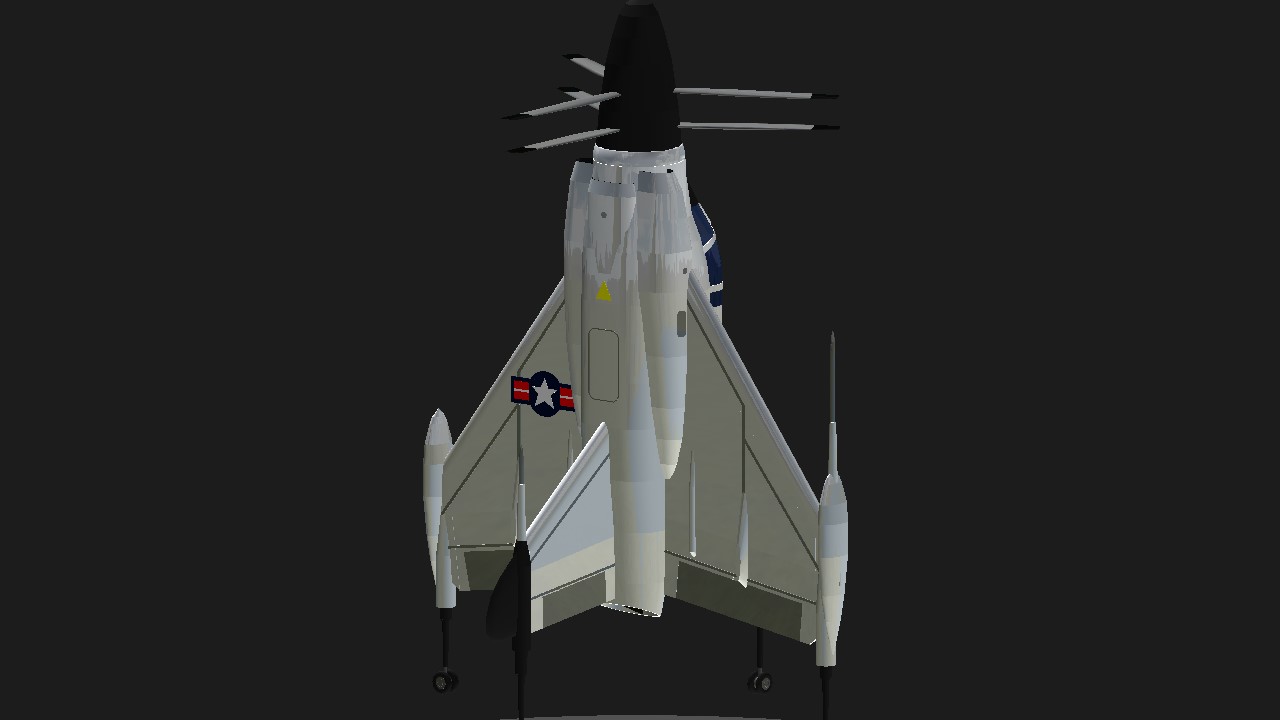
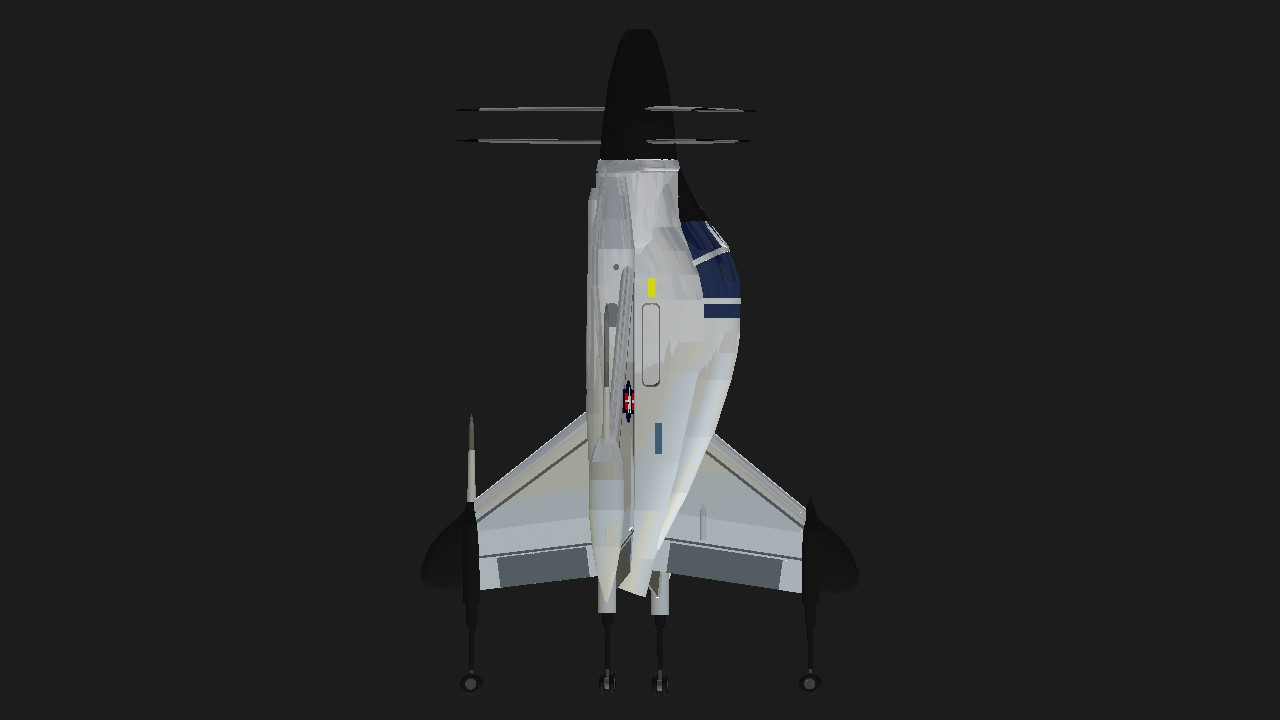
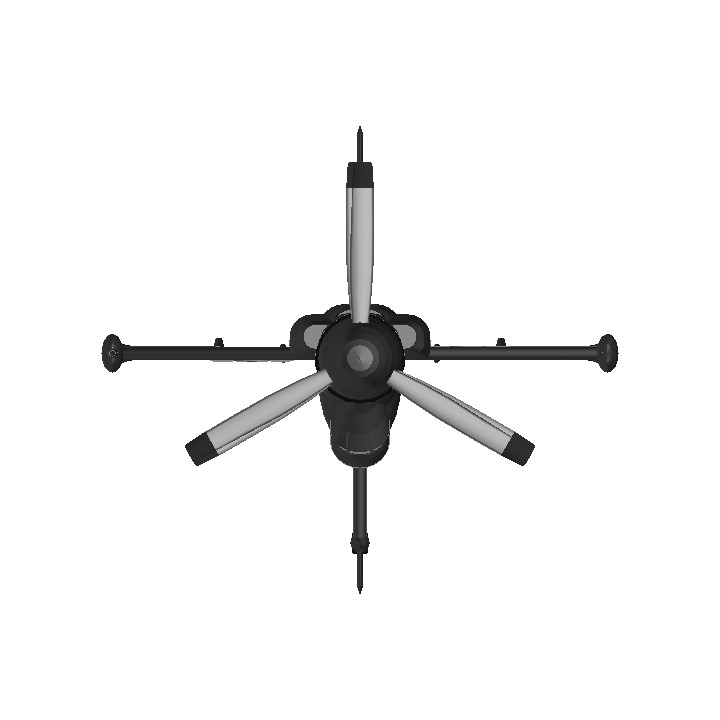
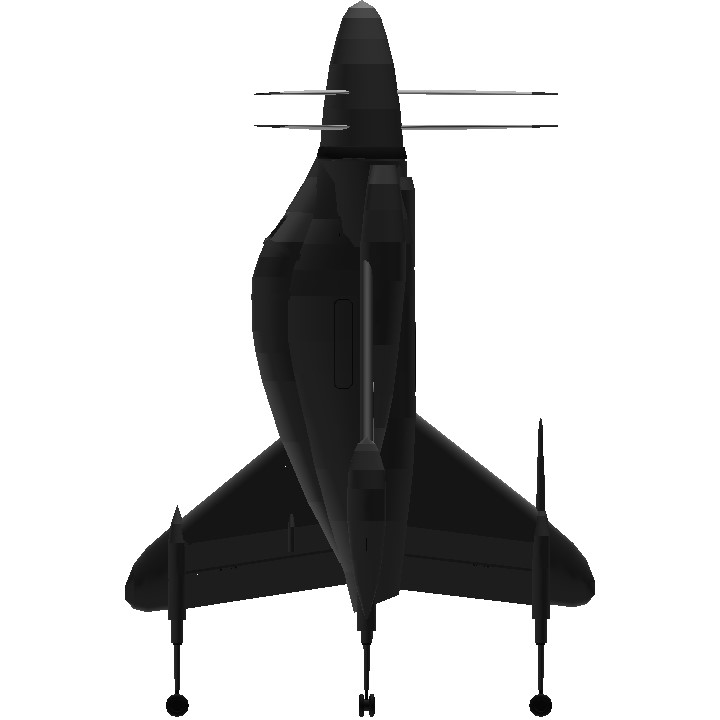
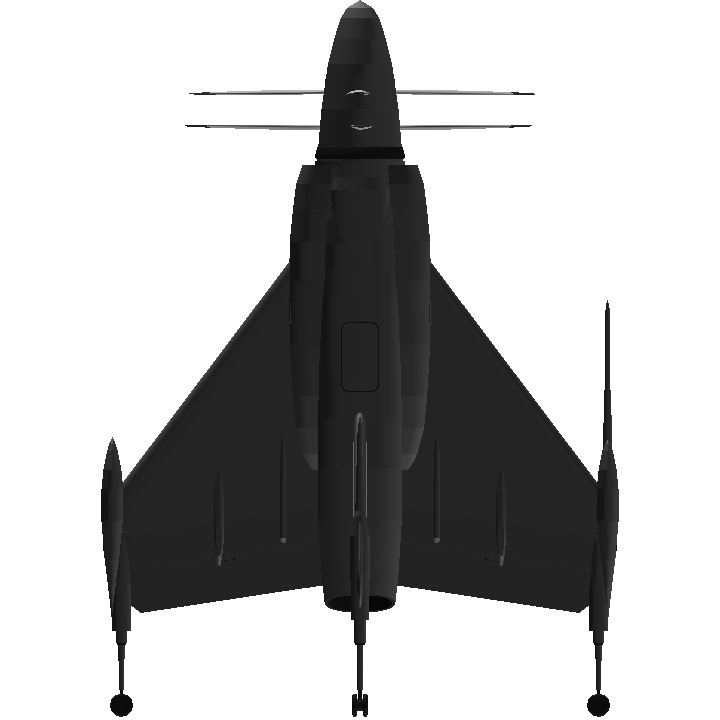
You can remove the jet engine and install helicopter propellers and they will work perfectly. Great model.
Please diy lockheed martin xfv
would be better if added smooth back and front for the fuselages
Cool it’s so easy to fly. I even flew it threw a bridge then landed it on the bridge vertically.
WOW this looks amazing :)
Interessante, surpreendente perfeito. Precisa de algo mais.
Amazing
I would make the "controls" heading bolded by putting two asterisks on either side though.
Part efficiency looks great! I will check the flight model now.
looks great, lets see how it flies
Edit: It flies like an intoxicated beluga whale which means you made a great recreation of the real thing